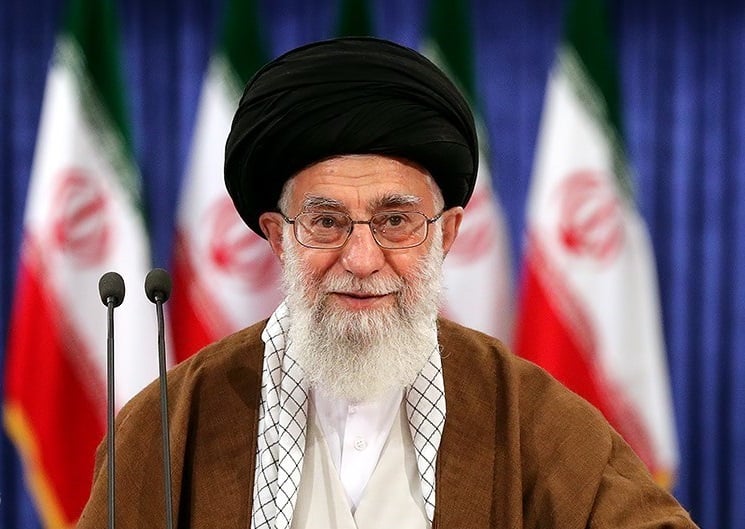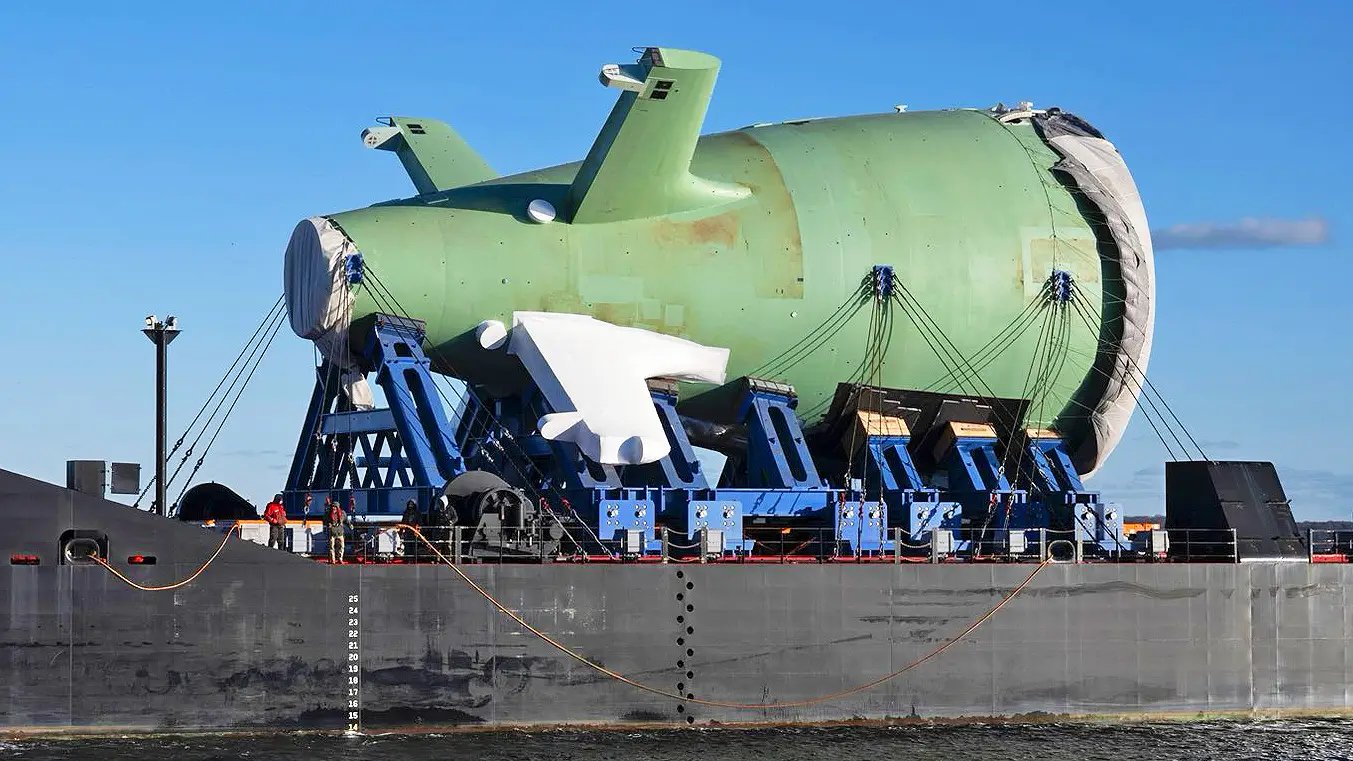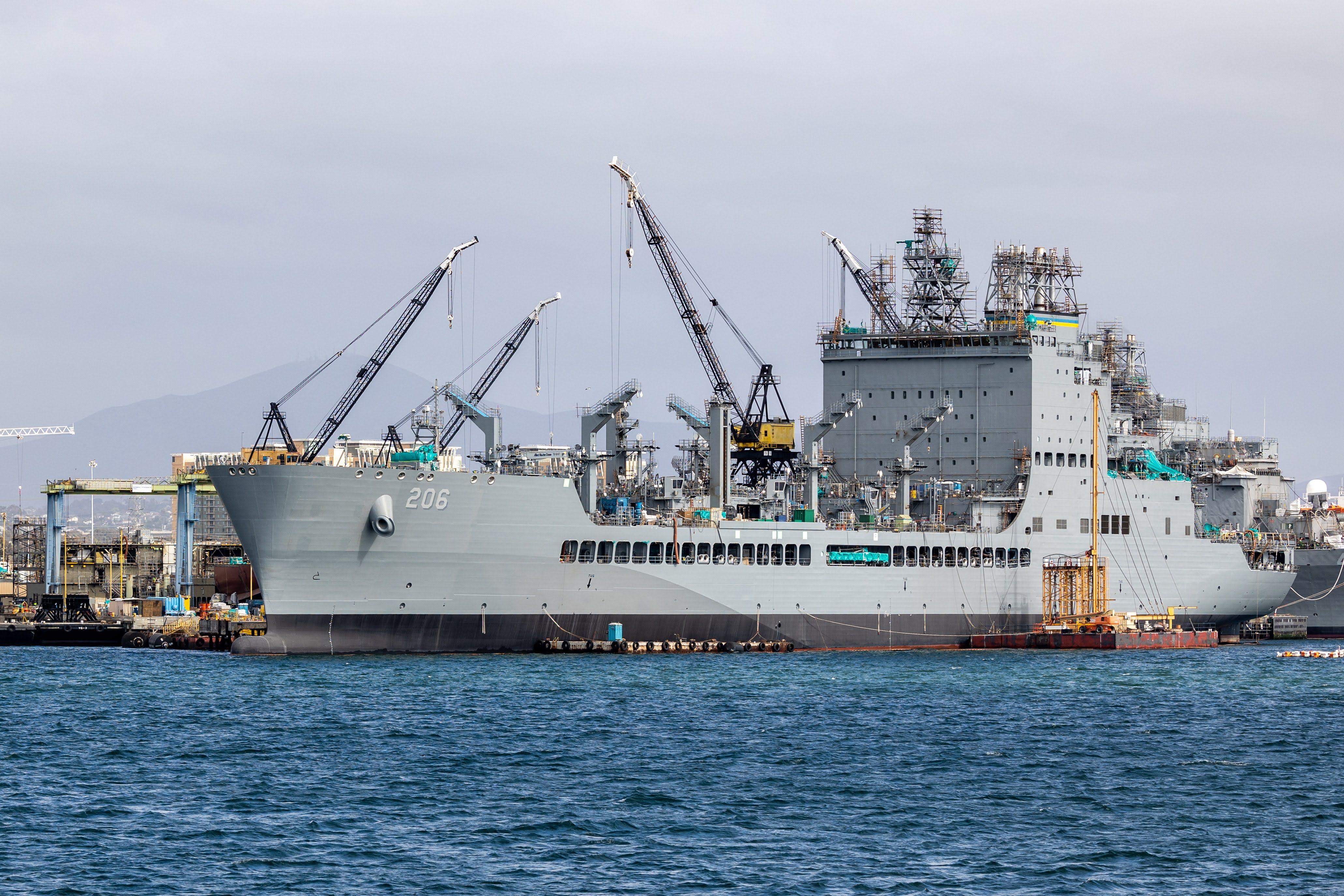
With United States-Iran tensions on the rise, the man who is named to succeed Ayatollah Khameneni as supreme leader will signal Tehran’s choice between confrontation or negotiation with Washington and its neighbors, a panel of experts said Monday.
The supreme leader – the head of state and the top religious and political figure – controls the armed forces, the revolutionary guard and interior ministry and directs Iran’s foreign policy.
Although Iran has a constitutional process to determine a successor to Khameneni, who comes to power after his death could best be compared to how the Communist Party chose its general secretary during the Soviet era.
That means the way key regime elements – from the judiciary to the presidency to the Iranian Revolutionary Guard – perceive the threats posed by the United States and its “maximum pressure campaign,” from Israel, and from Saudi Arabia and United Arab Emirates will be the critical factors in their decision to replace the ayatollah after his death. He is now 80 years old and his age is prompting conversation on his successor.
Speaking at a Washington, D.C., forum on the future of Iran and Iraq, Barbara Slavin, of the Atlantic Council said, “they have their finger in the wind,” referring to the power centers of the regime, interested primarily in its survival.
What is certain, the person selected – possibly Ebrahim Raisi, head of the judiciary, or even current President Hassan Rouhani – “will be steeped in the institutions of the Islamic Republic.” Even for a time, there could be a council sharing the supreme leadership, rather than vesting all that authority in a single person.
This was the case several times in Soviet history following the death of leaders like Josef Stalin.
Succession to Khamenei, who was born in 1939, is not an idle subject of conversation; Khamenei has become increasingly hard-line in dealing with Washington and also the Sunni Arab states. Iran is a predominantly Shia nation.
“Iranian foreign policy is more focused now on the Middle East,” since the United States withdrew from the nuclear pact. As a result, Teheran has announced it is breaking some of its provisions on nuclear fuel, Mohammed Ayatollahi Tabaar, a professor at the Bush School of Government at Texas A&M, said at the event.
And that increased regional focus means the regime is paying even closer attention to what is occurring in Iraq and what could happen following the death of Ayatollah Sistani, who is nine years older than Khamenei.
Unlike Iran’s Khamenei, Sistani, who is a religious leader and scholar, is not part of the government; yet he and his supporters in Najaf, a city with important religious significance to Muslims, wield great moral and political influence in the Shia-majority Iraq.
“The nightmare scenario” for Iran, in Tabaar’s estimation, would be to have Sistani succeeded “by a young radical” like Mohammed Sadeq al-Sadr, who led an insurgency against American-led coalition forces and the Baghdad government, on its border at the same time as the United States exerts more economic and military pressure on Teheran.
This scenario could lead to a consensus among the elites in Teheran on “doubling down to counter U.S. confrontation,” he added.
“A lot really depends on whether Donald Trump is re-elected,” Slavin said, referring both to the succession situation in Iran and Iraq and Washington’s policy to Teheran.
“Sistani is an umbrella,” Abbas Kadhim, a specialist in Iraq at the Atlantic Council, said. By his actions in major crises following the toppling of Saddam Hussein’s Baathist Regime and when he rallied volunteers to take on the Islamic State to preserve the Iraqi government in 2014, Sistani “spared more Sunni blood than any one other did.”
In a country wracked by sectarian violence, Sistani wanted “Najaf to be a beacon of religious tolerance. …He’s not allowing anyone to persecute another.” To demonstrate that openness, he has invited Christians to Najaf, a city regarded as the third most important in Islam.
What made Sistani and his team in Najaf so successful was “they did not micro-manage Iraq’s affairs.” By doing this, “it keeps him above the fray” but adds power when he addresses great issues — from necessary resistance to the Islamic State to preserve an independent Iraq to religious tolerance.
But unlike Iran’s succession, spelled out in constitutional procedures, a successor to Sistani is a “bottom up decision.
Although it is a religious position, there is “no white smoke, no council of cardinals” deciding who will be selected as the “most knowledgeable, most pious” leader in Najaf.
There are no interviews among the Shiia in this process. “You ask around.”
The fact remains, the panel agreed, the succession, if it occurs first in Iraq, “is going to have little impact on the succession in Iran.” What is not is clear how the succession in Iran, whether it happens before Sistani’s death or after, will play out across the Middle East from Lebanon to Yemen.





